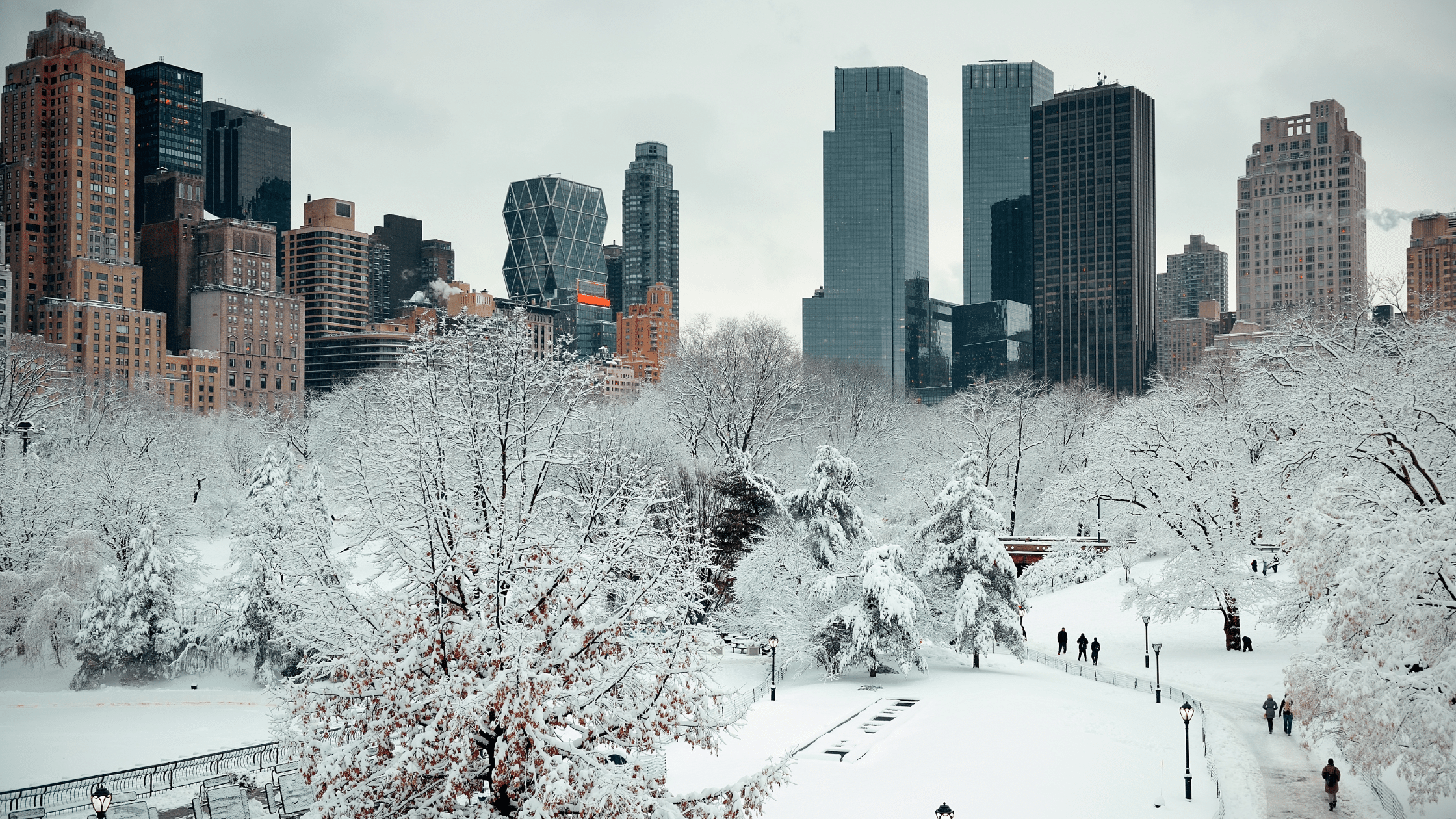If Climate Change is Warming the Planet, Why is it so Cold Outside?
By Natural Areas Conservancy on February 14, 2025

By Natural Areas Conservancy on February 14, 2025

 By Jeffrey Clark, Senior Manager of Applied Climate Research
By Jeffrey Clark, Senior Manager of Applied Climate ResearchIf New York City is getting hotter and wetter in the face of climate change, why is there still snow and freezing weather?
While climate change is associated with general patterns such as an overall increase in temperature, climate change also causes increased variability in our weather patterns leading to unpredictable heat waves as well as cold snaps.

Figure 1. The number of days below freezing in NYC over time.
Here in NYC, we’ve seen the effects firsthand. Winters have become less predictable, with shorter periods of snow and ice and fewer days below freezing (see figure 1), yet we’ve also experienced sudden, extreme cold events. One of the causes of extreme cold events is the expansion of the polar vortex. The polar vortex, a swirling mass of cold air that surrounds both of the earth’s poles is constantly present but can expand during the winter. As global temperatures rise and the Arctic warms, cold air is pushed downward from the polar vortex bringing extreme cold temperatures into the Northeast. But between these periods of extreme cold, overall winters are becoming warmer contributing to overall higher yearly temperatures (see figure 2).

Figure 2. Average yearly temperature in NYC over time.
The increase in temperatures may feel pleasant in the winter but also result in hotter summers with more extreme heatwaves and prolonged periods of drought. Warmer temperatures increase evaporation leading to drier conditions which contribute to forest fires such as those seen in Los Angeles as well as the Prospect Park fire in November 2024. At the same time, the warmer temperatures create conditions which result in more extreme storm and rainfall events. However, because dry soil does not absorb water well, these infrequent but intense storms often do not replenish ground water and can instead result in flooding.
These shifts challenge both the city’s infrastructure and its natural areas. The Natural Areas Conservancy works to protect New York Cities natural areas in the face of all these climate challenges as well as research how these natural areas can help reduce the impacts of climate change. Understanding that climate change can mean both hotter summers and sudden winter storms is crucial for creating a resilient city. By protecting our natural spaces and preparing for all types of weather, we can help New York City thrive in a changing climate.
Check out our Climate Change and Urban Nature report for more information on how climate change poses higher risks to cities, and the potential for urban natural areas to provide solutions.